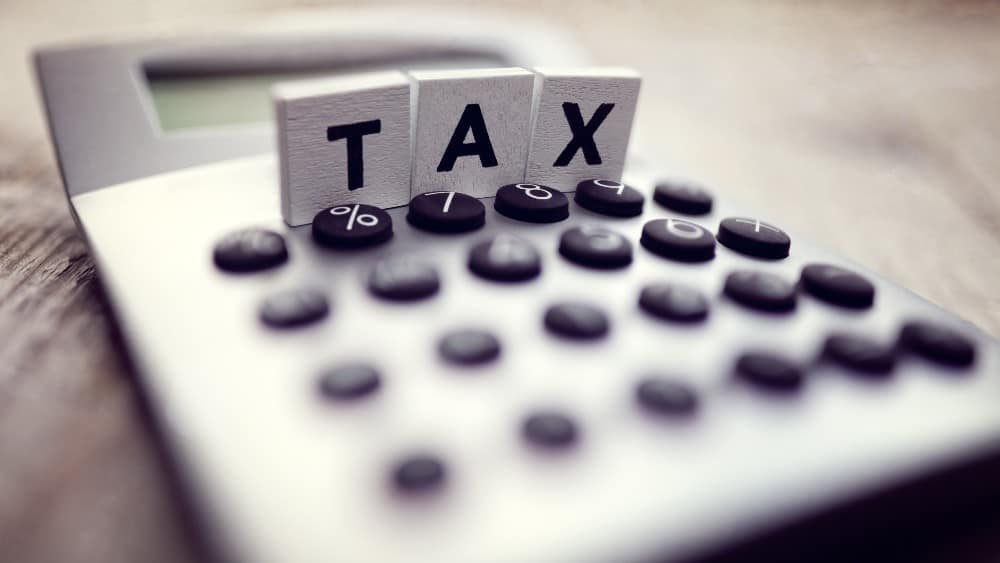The pandemic changed the way people live and work. A year ago, the lockdown put the entire world online. The virtual space became the new workplace. Many people converted a desk, a room, or a corner of their apartment into a workspace. The Canada Revenue Agency (CRA) adopted this changing trend and simplified the process of its work-from-home tax deduction. Here I will talk about how you can apply this deduction to effectively reduce your 2020 tax bill.
The CRA makes changes to the work-from-home expense deduction
Many people worked from home even before the pandemic. Hence, the CRA had a cumbersome process in place to help them deduct the expenses they undertook to run the home office. But working a few days from home doesn’t count as a home office. The CRA considers your workspace at home as a home office when:
- You spend more than 50% of the time working from home.
- You use the home-workspace only for work and to regularly meet clients, customers, and other work-related people.
But in the light of the pandemic, the CRA altered the home office requirement to:
- You opted to, or your employer required you to work from home.
- You worked from home for more than 50% of your working hours for at least four consecutive weeks.
In both cases, the deduction applies when your employer did not reimburse for all the expenses. However, the CRA will allow you to deduct $2/day you worked from home even if your employer reimbursed you some of the expenses under a temporary method.
When should you use the detailed method to reduce taxable income?
The CRA simplified the tax deduction by offering a flat rate of $2/day for up to 400 days you worked from home, excluding weekends, sick leaves, and vacations. You need not calculate expenses or submit any supporting documents. All you have to do is count the number of days you worked from home.
For instance, Emily worked 22 days a month from April–June 2020 from home. Then from July to December, she worked five days a month from home. She can claim $2 for 74 days (22*3+5*6). This is the temporary flat rate method and is only available for 2020.
If Emily’s home-office expenses like electricity bill, maintenance expense, heating cost, and the rent are way more than $2/day and her tax bill is high, she should go for the detailed method. This method requires you to calculate the percentage of the apartment your home office occupies. It also requires you to save all bills and get the Form T2200S signed by your employer.
Returning to the above example, Emily can only claim a deduction for April–June 2020 in the detailed method. This is because she did not work 50% of the time in the July to December 2020 period. She used 20% of her apartment space for home office and spent $8,000 on all the above expenses between April and June. In the detailed method, she can claim a deduction of $1,600 (20% of $8,000) compared to $148 ($2*74 days) in the temporary flat rate method. However, Emily cannot deduct expenses beyond her income.
Make the most of your tax savings
Like Emily, even you can reduce your tax bill significantly and put these tax savings in the Tax-Free Savings Account (TFSA). You can consider buying stocks of Canada’s largest telecom operator BCE (TSX:BCE)(NYSE:BCE), which played a role in making work-from-home a success.
Communication services are the backbone of every economy, and with the rollout of 5G, it will become more crucial. In the next 10 years, every device, from phone to car to traffic signal to building gates, will be connected to the internet. They will perform more tasks at the edge.
Think of it as the use of smartphones from 2010 to 2020. These days you can’t operate efficiently at 2G speed as your phone does more than just make calls and send messages. That is what 5G will do to every internet of things device. At present, BCE is growing its dividends at an average rate of 6.4%. The 5G will accelerate its dividend growth rate in future.










